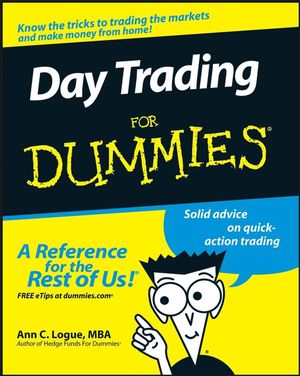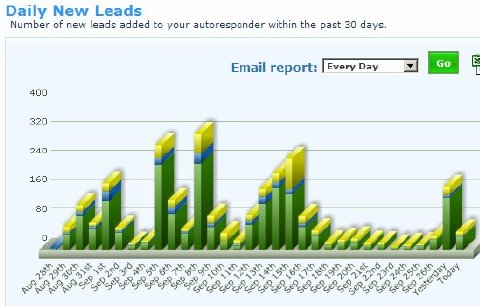 I started on stock and forex trading about 3 years back, and frankly speaking I wasn’t good on these things at that time. However, I am not a quitter, I know if I did it right I would make some profit, so I keep learning and learning, well it took sometime until then I able to did my first withdrawal and it was so excited. If only I gave up by that time when I thinked that I wasn’t good, surely this exciting feeling won’t even come to my mind. Now, I can smile happy every month with at least 8% – 25% of my capital banked to my account.
I started on stock and forex trading about 3 years back, and frankly speaking I wasn’t good on these things at that time. However, I am not a quitter, I know if I did it right I would make some profit, so I keep learning and learning, well it took sometime until then I able to did my first withdrawal and it was so excited. If only I gave up by that time when I thinked that I wasn’t good, surely this exciting feeling won’t even come to my mind. Now, I can smile happy every month with at least 8% – 25% of my capital banked to my account.
Speaking about our stock or forex trading expertise, Wileys Publising, publisher of "For Dummies" series released a very shopisticated book about forex and stock trading, "Day Trading for Dummies" is undoubtedly the most exciting way to make money from home. It’s also the riskiest. Before we begin, we need three things: patience, nerves of steel, and a well-thumbed copy of Day Trading For Dummies—the low-risk way to find out whether day trading is for us.
This plain-English guide shows us how day trading works, identifies its all-too-numerous pitfalls, and get us started with an action plan. From classic and renegade strategies to the nitty-gritty of daily trading practices, it gives us the knowledge and confidence we’ll need to keep a cool head, manage risk, and make decisions instantly as we buy and sell our positions. Learn how to:
- Set up our accounts and our office
- Connect with research and trading services
- Plan and research trades carefully and thoroughly
- Comply with regulations issues and tax requirements
- Leverage limited capital
- Cope with the stress quick-action trading
- Sell short to profit from price drops
- Evaluate our day-trading performance
- Use technical and fundamental analysis
- Find entry and exit points
- Use short-term trading to establish a long-term portfolio
We’ll also find Top-Ten Lists of good reasons to go into day trading, or run from it in terror, as well as lists of the most common (and expensive) mistakes day traders make. Read Day Trading For Dummies and get the tips, guidance, and solid foundation you need to succeed in this thrilling, lucrative and rewarding career.
This book will cost us US$24.99, but if we would buy it from this link, we would save 37%, what a great discount isn’t ![]() and if we really-really a newbie or perhaps an intermediate trader but get lost most of the time, then purchasing this book will worth every penny.
and if we really-really a newbie or perhaps an intermediate trader but get lost most of the time, then purchasing this book will worth every penny.








